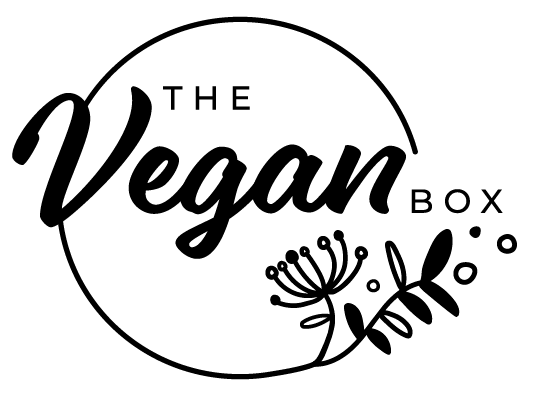We all want to help preserve this beautiful life-giving planet we call home. We may not know what we can do to reduce our destructive impact on the environment. But the answer is simple; it is staring us in the face three times a day.
Going vegan is one of the most powerful things a human can do to respect and protect the world they live in. A long time ago Albert Einstein said: “Nothing will benefit human health and increase the chances for survival of life on Earth as much as the evolution to a vegetarian diet.” The world’s favourite brain was onto something — fast forward 70 years and the damage wreaked by the meat and dairy industries has reached annihilative proportions.
1. It’s getting hot in here
Humans eat a staggering 230m tonnes of animals a year. The ecological impact of meeting this demand is one of the primary reasons for global warming. In fact, a report released by the Worldwatch Institute said 51 percent or more of global greenhouse-gas emissions are caused by animal agriculture. Raising animals for food produces more greenhouse gas emissions than all of the cars, planes, and other forms of transportation combined. A 2013 Loma Linda University study found that vegans have a greenhouse-gas footprint that is 41.7 percent smaller than meat-eaters’ footprint and 13.9 percent smaller than vegetarians’ footprint.
2. We waste less water
Animal agriculture is a thirsty industry and it plays a critical role in depleting and polluting the world’s scarce freshwater resources. It takes more than 10,000 litres of water to produce just half a kilogram of meat. Equally, it takes nearly 1,000 litres of water to produce one litre of milk. A vegan diet requires 1,100 litres of water per day while a meat-eater’s diet requires 15,100 litres of water a day. To put things in perspective: you’d save more water by not eating half a kilogram of meat than you would by not showering for six months.
3. Omnivores are literally eating up the planet
A vegan family living off rice, beans, vegetables and fruit may need an acre of land or less, while the average Australian, who consumes 124 kilograms of meat a year, needs 20 times that. Nearly 30% of the available ice-free surface area of the planet is now used by livestock, or for growing food for livestock. The equivalent of seven football fields are bulldozed every minute to make room for farmed animals.
4. Rainforests are disappearing and biodiversity is slipping
Nearly 80% of the land deforested in the Amazon is now being used for cattle farming. In its latest food report What’s Feeding Our Food? Friends of the Earth estimates that around 6m hectares of forest land a year – an area equivalent to twice the size of Belgium – and a similar acreage of peat and wetlands elsewhere, is converted to farmland a year. Livestock grazing is now the number one cause for plant species becoming threatened or going extinct worldwide.

5. Meat-eating is destroying our oceans
Enormous amounts of animal waste, sewage, nitrogen compounds, fertiliser, antibiotics and hormones, courtesy of animal agriculture are swept down waterways into our oceans. This waste can destroy entire ecosystems creating what are known as ‘dead zones.’ Dead zones are areas in the world’s oceans where marine life cannot be supported due to depleted oxygen. Nearly 400 dead zones ranging in size from one to over 70,000sq km have now been identified worldwide.
6. Livestock are poisoning the earth
Animals raised for food create 40,000 kilograms of excrement per second — none of which is able to be treated in the same way human excrement is. Untreated and full of disease-bearing organisms and chemicals, this waste creates unthinkable amounts of groundwater pollution — poisoning the soil and underground drinking water.
7. Air quality is plummeting
Chickens, turkeys, pigs and cows are collectively the largest producer of methane in countries like the US and Australia. The gasses associated with concentrated factory farming and pesticides used on feedcrops play a critical role in ozone pollution. Nearly two thirds of manmade ammonia – a major contributor to acid rain – is also generated by livestock.
8. Eating meat = guzzling fossil fuels
It requires enormous amounts of petrol and electricity to bring meat to a family’s table. It takes about 13 times as much fossil fuel to produce half a kilogram of animal protein vs. half a kilogram of plant protein.
9. Humans are becoming prone to disease
Millions of kilograms of antibiotics are fed to livestock every year to prolong the life of animals living in putrid conditions. This contributes to the rise of resistant bacteria, making it harder to treat human illness. Humans suffering systemic disease due to diets high in animal content also place a heavy burden on the world’s healthcare systems.
10. We choose to fatten cows rather than feed humans dying of hunger
One third to one half of the world’s edible harvests are fed to livestock, while 21,000 people DIE EVERY DAY of hunger. Academics have calculated that if the grain fed to animals in western countries were consumed directly by people instead of animals, we could feed at least twice as many people. In the United States, 70% of the grain grown is fed to farmed animals while one in six Americans face hunger. A report by The Compassion In World Farming Trust predicts that a 50% reduction in meat consumption in developed countries could save 3.6 million children from malnutrition.

If you won’t go vegan for the animals or the planet — what about your fellow humans?










